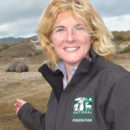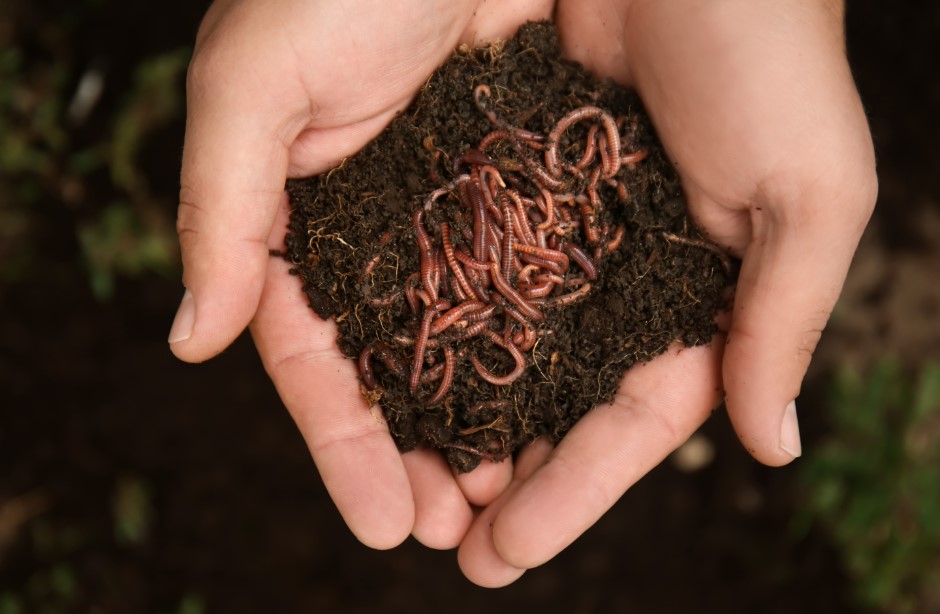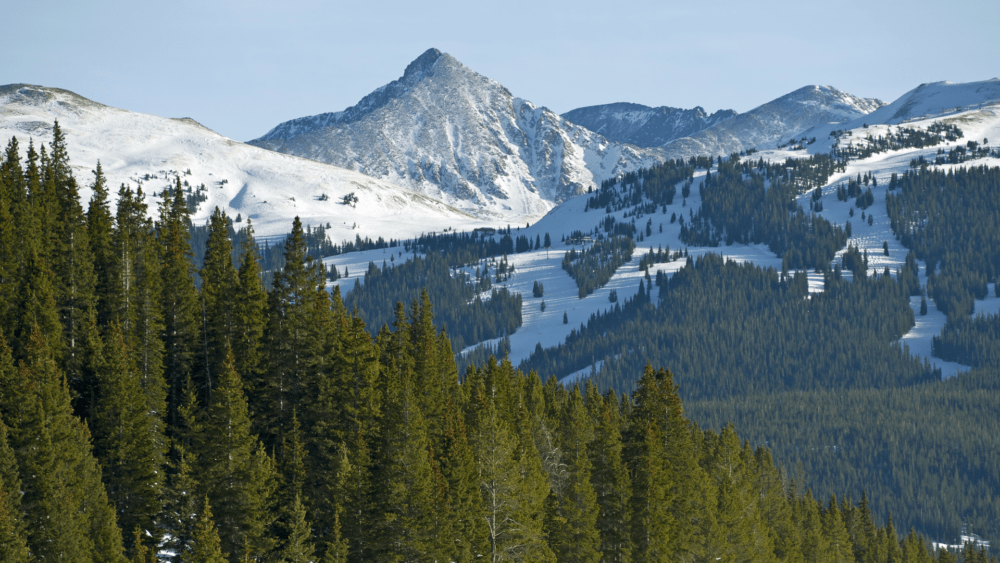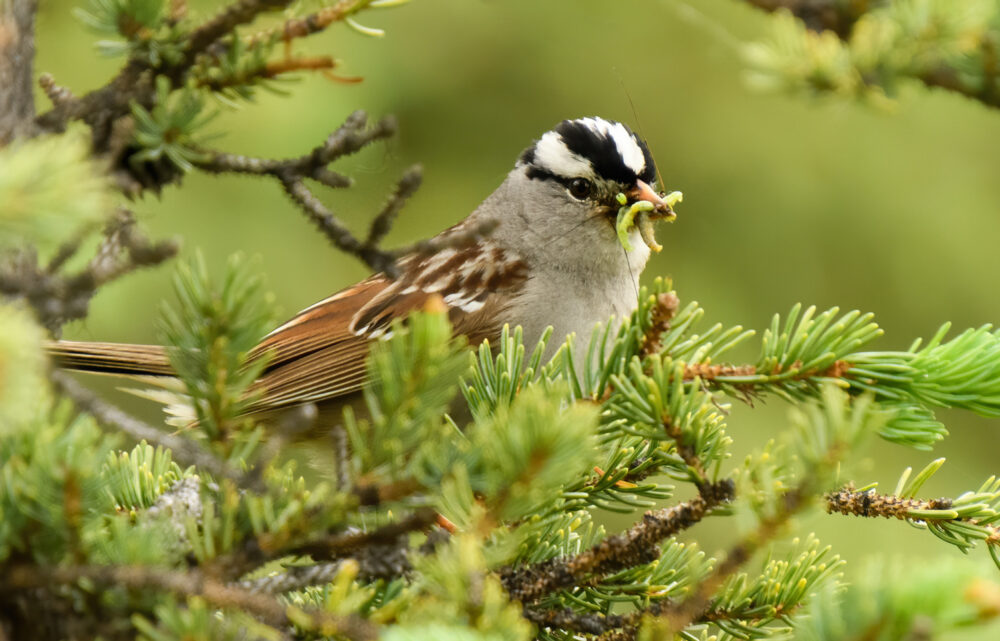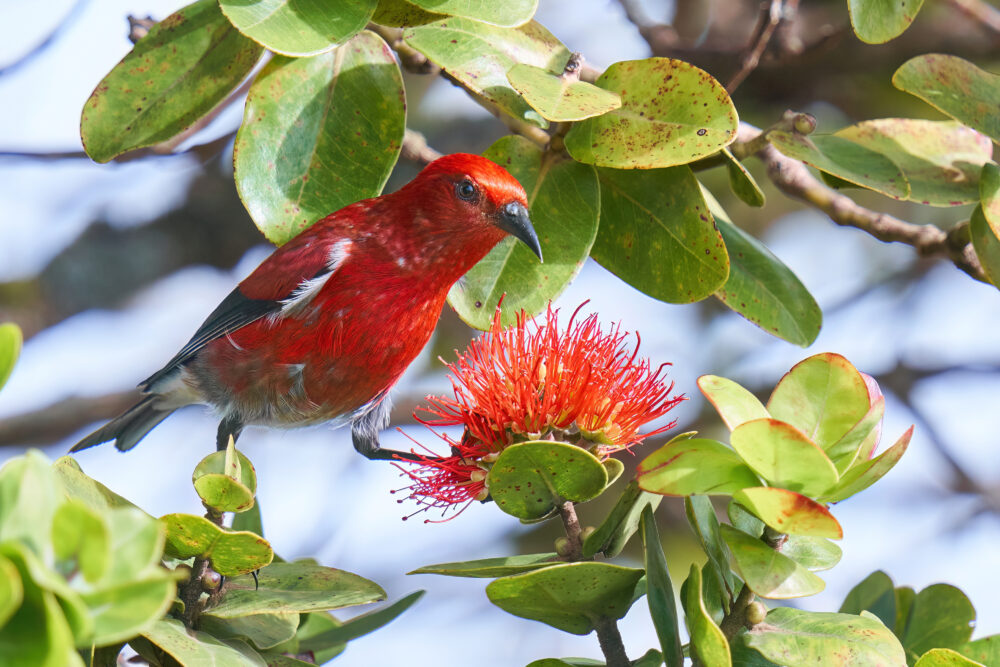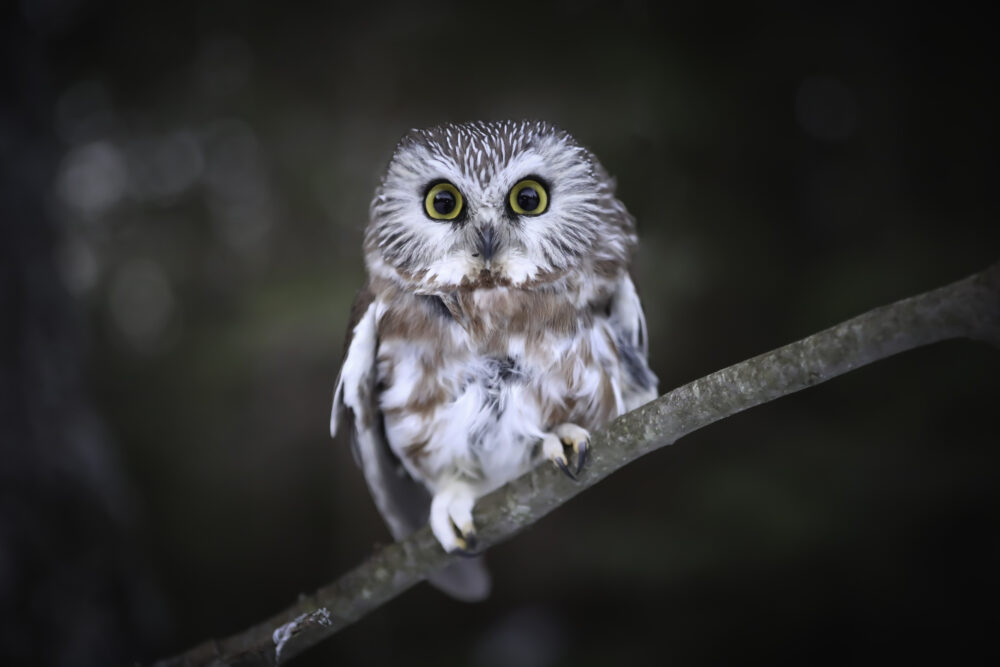We have much more to do and your continued support is needed now more than ever.
Give a Hoot for Yosemite’s Great Gray Owl
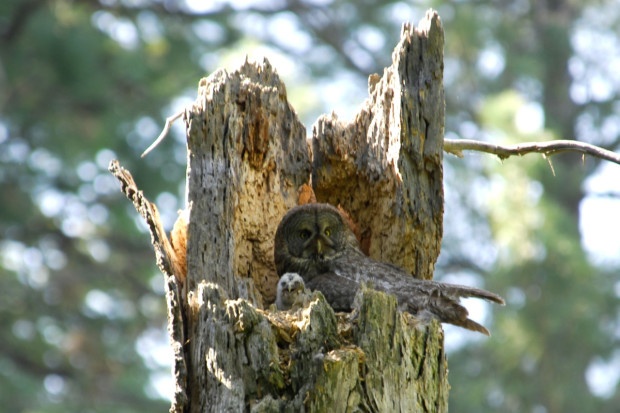
Why should you give a hoot for Yosemite’s great gray owls? Joe Medley, a UC Davis PhD candidate and researcher affiliated with the USFS has studied the bird for years and even developed a method for using voice recognition software to track the owl that made my Top Ten California Wildlife Moments of 2012. “This is an amazing bird,” said Medley. “They have a very specialized sensory system and can detect and catch prey under a foot of snow from sound alone.”
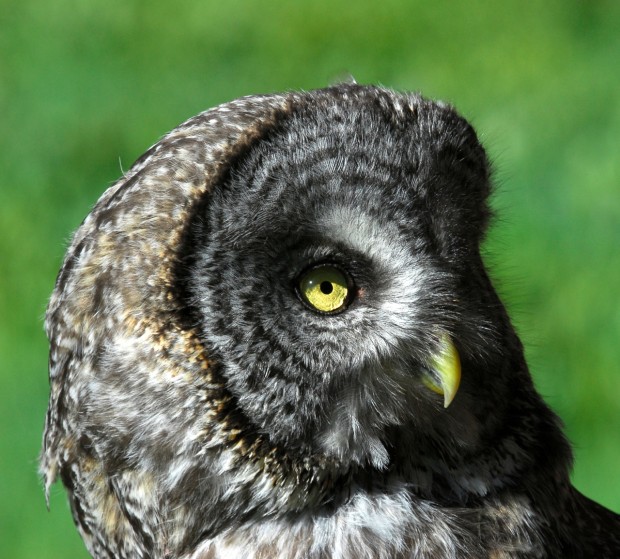
Medley works with John Keane of the USFS, and Josh Hull, of UC Davis, to study the health of the 100-200 great gray owls living in and around Yosemite. With blood samples from the research, Hull conducted genetic analysis and authored the paper that suggested the owl be recognized as its own subspecies in 2010. Author and birder David Lucas in his book, Sierra Nevada Birds, noted the decision: “One of the Sierra Nevada’s most majestic birds was awarded special recognition in 2010 when the population centered around Yosemite National Park was documented as a distinct subspecies (“California” Great Gray Owl, S.n. yosemitensis) found nowhere else on earth.”
Early biologists who visited Yosemite also noticed the uniqueness of the bird, including Joseph Grinnell and Tracy Storer in their 1924 book, Animal Life in the Yosemite: “The discovery of the Great Gray Owl in the Yosemite section was one of the notable events in our field experience. And what was most surprising was the fact that the bird was apparently quite at home, and nesting. No previous record of the breeding of this northern species of owl south of Canada is known to us, and its occurrence even as a winter visitant within the northernmost of the United States is not frequent.”
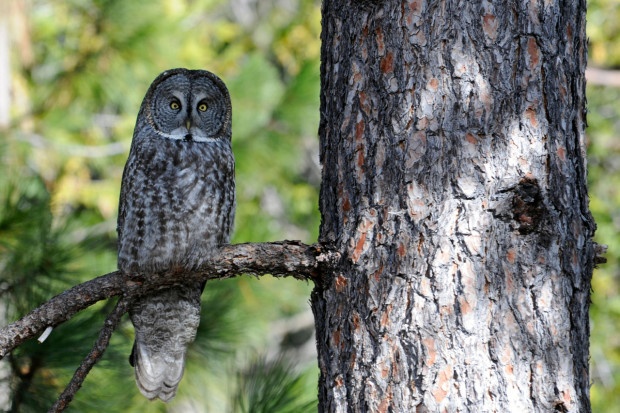
But what makes the owls even more important to Medley is a personal connection. “They are that much more special to me because the first one I saw was with my dad.” Medley’s father, an avid birder and leader of a nonprofit in Yosemite for over twenty years, passed away in 2006. “I am obsessed with raptors in general and for me this is the ultimate raptor. They are the largest of the North American owls. They live in the coolest place in California. They manage to survive winters in Yosemite. They can hear a mouse under snow. For all these reasons, it gets my vote for most awesome bird.”

